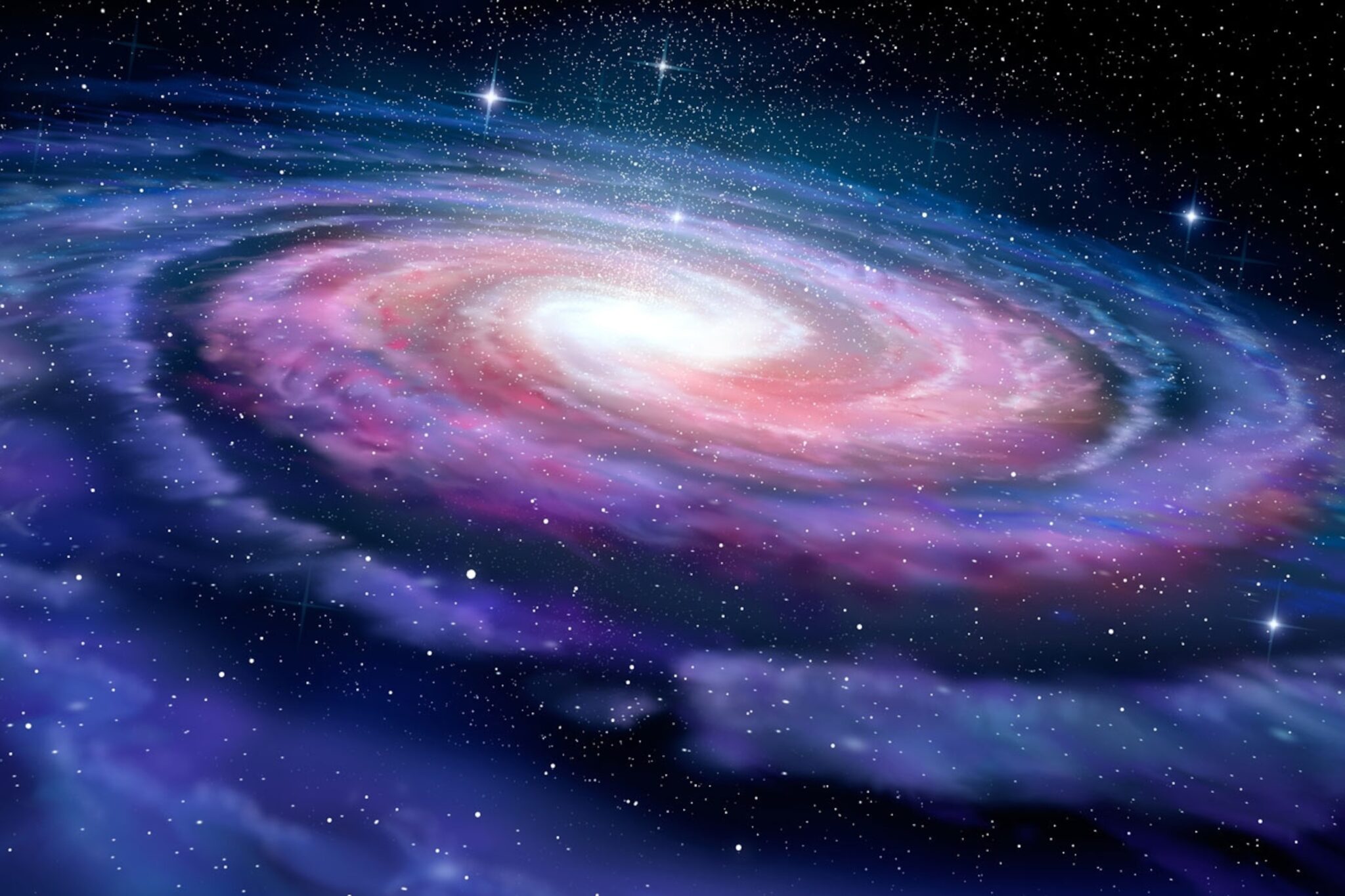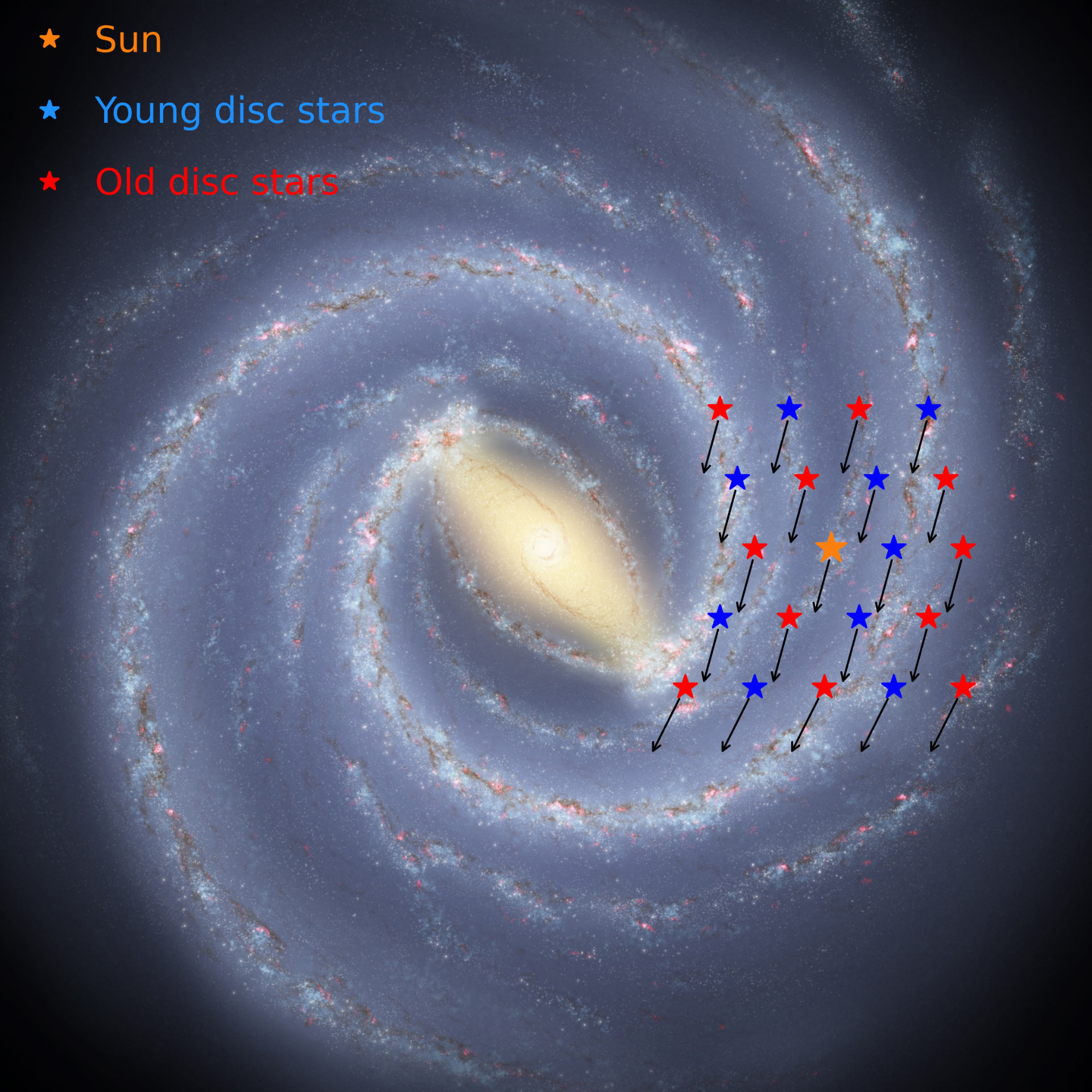Using data from ESA’s Gaia mission, astronomers have discovered a large number of stars more than 13 billion years old that have solar-like orbits. This finding has led scientists to reconsider the age of our Milky Way galaxy.

“The Milky Way Galaxy has a large halo, a central bulge and bar, a thick disk and a thin disk. Most stars are located in the so-called thin disk of our Milky Way and follow an organised rotation around the Galactic center. Middle-aged stars such as our 4.6-billion-year-old Sun belong to the thin disk, which was generally thought to have started forming around 8 to 10 billion years ago.,” explains Dr. Samir Nepal of the Leibniz Institute for Astrophysics Potsdam.
Astronomers have studied stars about 3,200 light-years away from the Sun using a new Gaia dataset. They found a significant number of very old stars in orbits with thin disks. Most are more than 10 billion years old, and some are more than 13 billion years old.

These ancient stars show a wide range of metallic compositions: some are very metal-poor, as expected, while others have twice the metal content of our much younger Sun. This indicates rapid metal enrichment early in the evolution of the Milky Way.
“These ancient stars in the disk suggest that the formation of the Milky Way’s thin disk began much earlier than previously believed, by about 4-5 billion years. This study also highlights that our Galaxy had an intense star formation at early epochs leading to very fast metal enrichment in the inner regions and the formation of the disk,” said Samir Nepal.
This discovery matches the chronology of the formation of the Milky Way disk with that of high redshift galaxies observed by the NASA/ESA/CSA James Webb Space Telescope and ALMA.
The discovery also suggests that cold disks may have formed and stabilized in the history of the Universe much earlier than previously thought, providing new insights into the evolution of galaxies.
Earlier we reported on how “Cosmic Botox” was found at the center of the Milky Way.
According to sci.news


